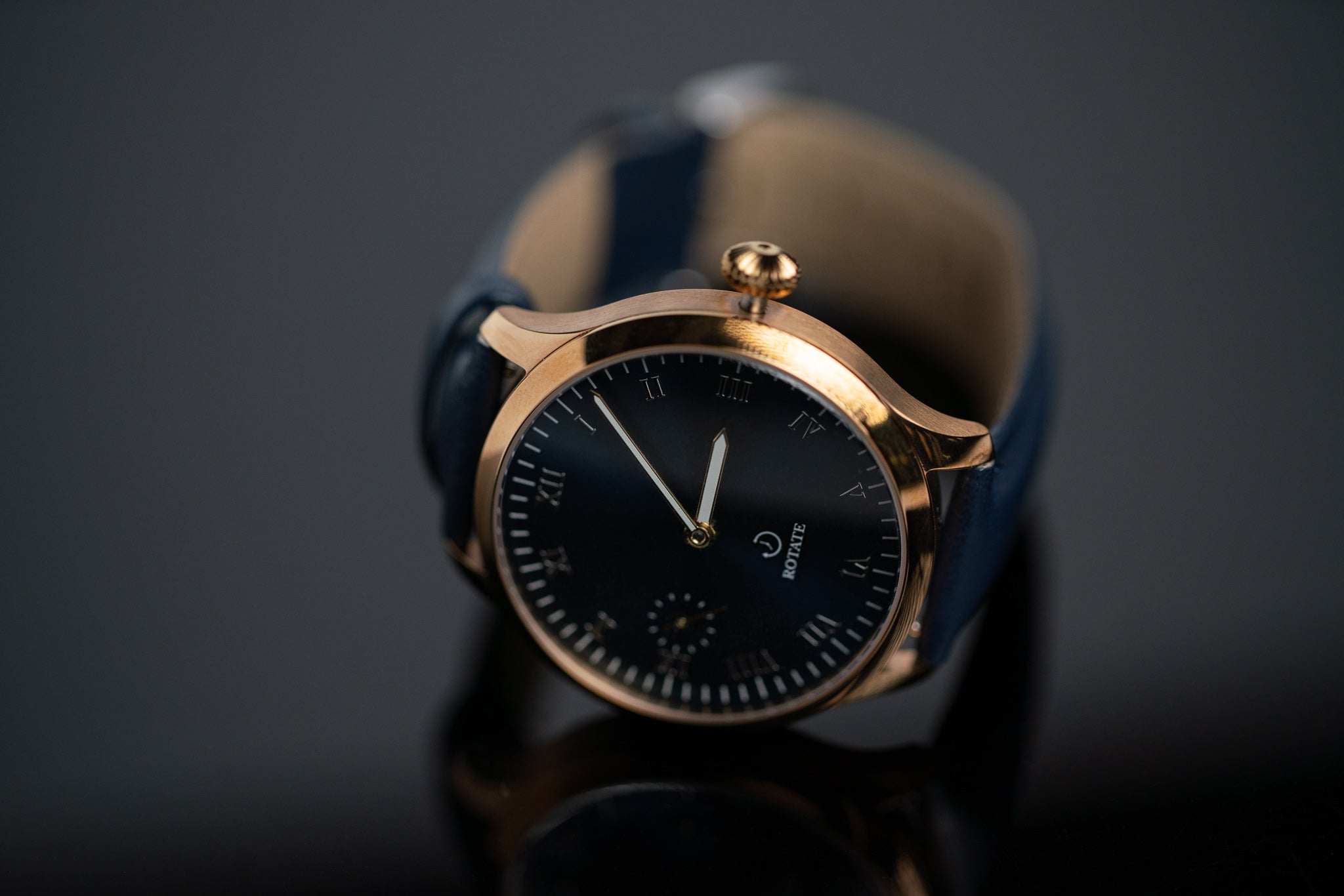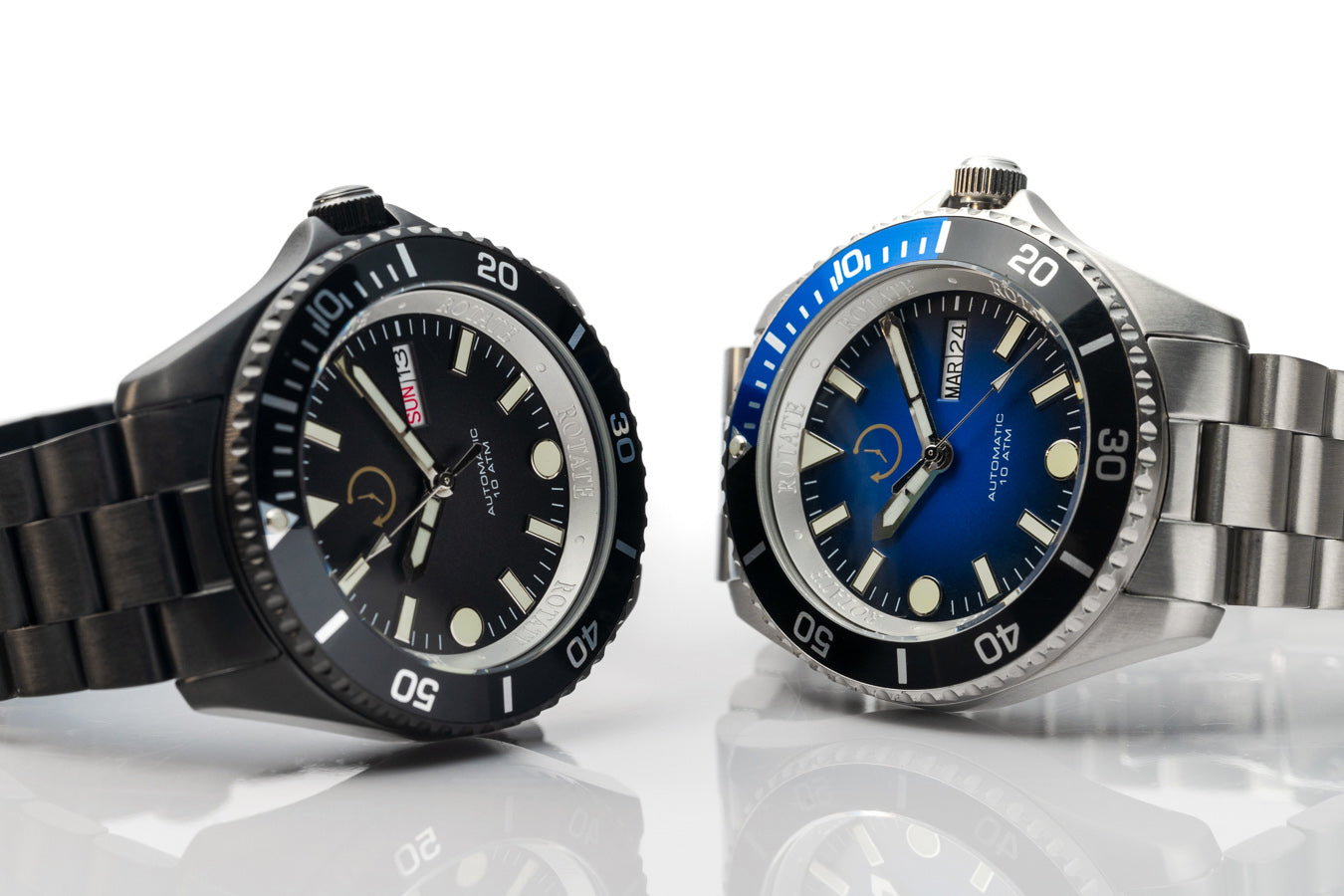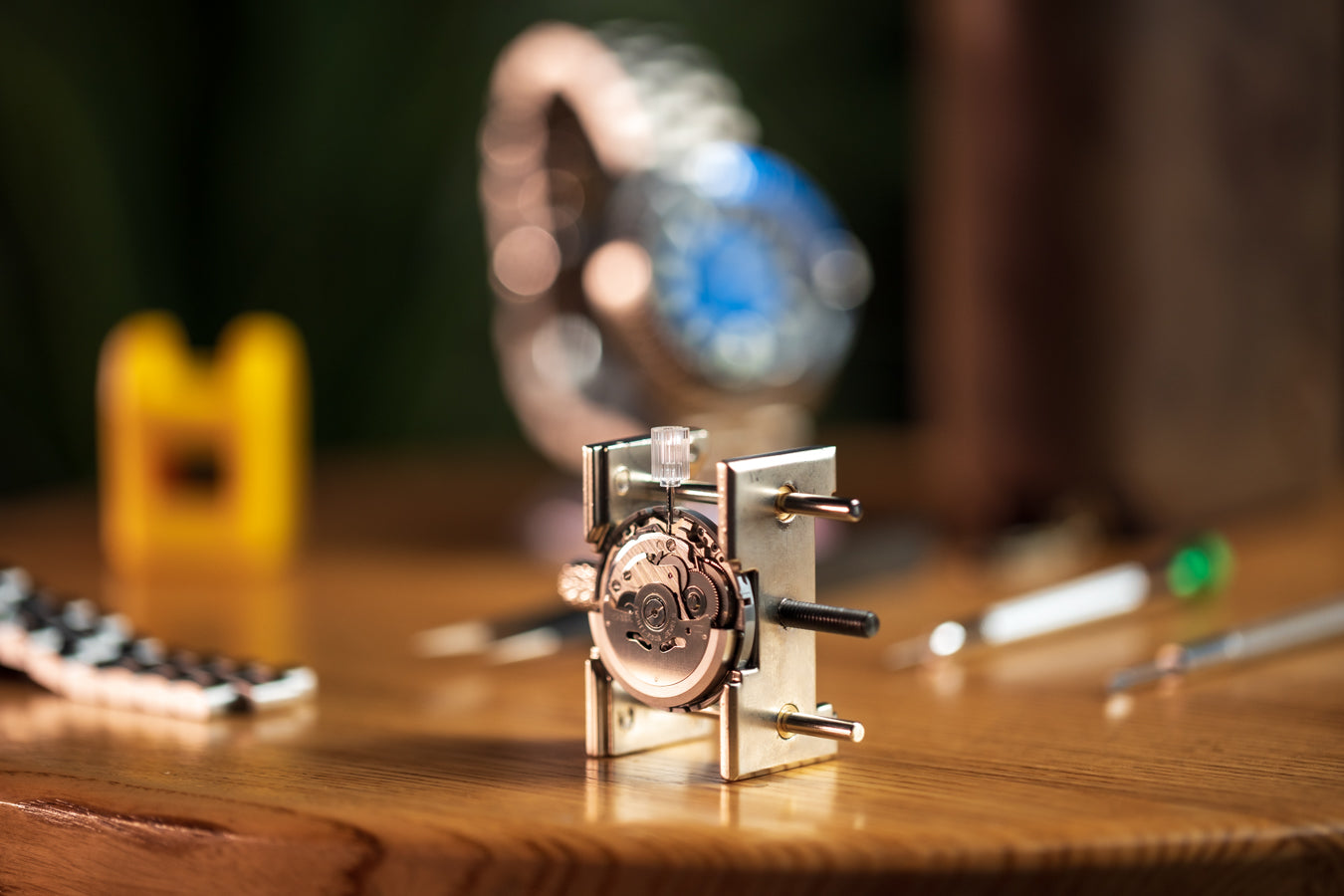
Unveiling the Legacy: A Brief History of Mechanical Watches
In a world dominated by digital timekeeping, the allure of mechanical watches endures as a testament to the timeless marriage of art and precision. Journey with us through the annals of horological history as we unravel the captivating story of mechanical watches, the heartbeats of elegance and craftsmanship.
**Early Beginnings: Sundials to Spring-Driven Mechanisms**
The origins of timekeeping trace back to ancient civilizations. The sundial, driven by the movement of the sun, marked the earliest attempts at measuring time. In the 14th century, spring-driven mechanisms emerged in Europe, paving the way for portable timepieces that could be worn or carried.
**The 16th Century: The Birth of the Pocket Watch**
The 16th century witnessed a pivotal moment with the invention of the pocket watch. These exquisite timekeepers, initially powered by intricate spring-driven mechanisms, adorned the pockets of nobility, marking the transition from practical timekeeping to wearable art.
**The 17th Century: The Pendulum's Precision**
The 17th century brought a breakthrough in accuracy with the introduction of the pendulum clock by Christiaan Huygens. This innovation marked a significant leap forward in timekeeping precision, influencing the development of more accurate pocket watches.
**The 18th Century: Miniaturization and Artistry**
As craftsmanship evolved, watchmakers sought to create intricate miniature worlds within the confines of a pocket watch. The 18th century saw the rise of ornate watch cases, enamel dials, and finely engraved movements, reflecting the spirit of artistry that endures in mechanical watches.
**The 19th Century: Industrial Revolution and Innovation**
The Industrial Revolution transformed watchmaking from a cottage industry to a thriving sector. Mass production techniques led to the availability of watches for a wider audience. Innovations like the lever escapement by Thomas Mudge brought improved accuracy.
**20th Century and Beyond: The Resilience of Tradition**
Despite the rise of quartz technology in the 20th century, mechanical watches persisted, driven by a resurgence of appreciation for traditional craftsmanship. Mechanical watches became symbols of prestige, heirlooms passed down through generations, and expressions of individual style.
**The Modern Renaissance: Reviving the Craft**
The 21st century has witnessed a renaissance of mechanical watchmaking. Enthusiasts, collectors, and novices alike have embraced the art of building and appreciating mechanical watches. Brands like Rotate Watches have revitalized the craft, offering watchmaking kits that empower individuals to assemble their own timepieces, bridging the gap between tradition and modernity.
As we reflect on the journey of mechanical watches, we honor the ingenuity, artistry, and dedication that have shaped the horological landscape. From sundials to intricate movements, the evolution of timekeeping is a testament to human innovation and the profound beauty of capturing moments in the passage of time. At Rotate Watches, we're committed to preserving this legacy, inviting you to be part of a timeless tradition that continues to captivate hearts and minds across the world.
**Early Beginnings: Sundials to Spring-Driven Mechanisms**
The origins of timekeeping trace back to ancient civilizations. The sundial, driven by the movement of the sun, marked the earliest attempts at measuring time. In the 14th century, spring-driven mechanisms emerged in Europe, paving the way for portable timepieces that could be worn or carried.
**The 16th Century: The Birth of the Pocket Watch**
The 16th century witnessed a pivotal moment with the invention of the pocket watch. These exquisite timekeepers, initially powered by intricate spring-driven mechanisms, adorned the pockets of nobility, marking the transition from practical timekeeping to wearable art.
**The 17th Century: The Pendulum's Precision**
The 17th century brought a breakthrough in accuracy with the introduction of the pendulum clock by Christiaan Huygens. This innovation marked a significant leap forward in timekeeping precision, influencing the development of more accurate pocket watches.
**The 18th Century: Miniaturization and Artistry**
As craftsmanship evolved, watchmakers sought to create intricate miniature worlds within the confines of a pocket watch. The 18th century saw the rise of ornate watch cases, enamel dials, and finely engraved movements, reflecting the spirit of artistry that endures in mechanical watches.
**The 19th Century: Industrial Revolution and Innovation**
The Industrial Revolution transformed watchmaking from a cottage industry to a thriving sector. Mass production techniques led to the availability of watches for a wider audience. Innovations like the lever escapement by Thomas Mudge brought improved accuracy.
**20th Century and Beyond: The Resilience of Tradition**
Despite the rise of quartz technology in the 20th century, mechanical watches persisted, driven by a resurgence of appreciation for traditional craftsmanship. Mechanical watches became symbols of prestige, heirlooms passed down through generations, and expressions of individual style.
**The Modern Renaissance: Reviving the Craft**
The 21st century has witnessed a renaissance of mechanical watchmaking. Enthusiasts, collectors, and novices alike have embraced the art of building and appreciating mechanical watches. Brands like Rotate Watches have revitalized the craft, offering watchmaking kits that empower individuals to assemble their own timepieces, bridging the gap between tradition and modernity.
As we reflect on the journey of mechanical watches, we honor the ingenuity, artistry, and dedication that have shaped the horological landscape. From sundials to intricate movements, the evolution of timekeeping is a testament to human innovation and the profound beauty of capturing moments in the passage of time. At Rotate Watches, we're committed to preserving this legacy, inviting you to be part of a timeless tradition that continues to captivate hearts and minds across the world.



